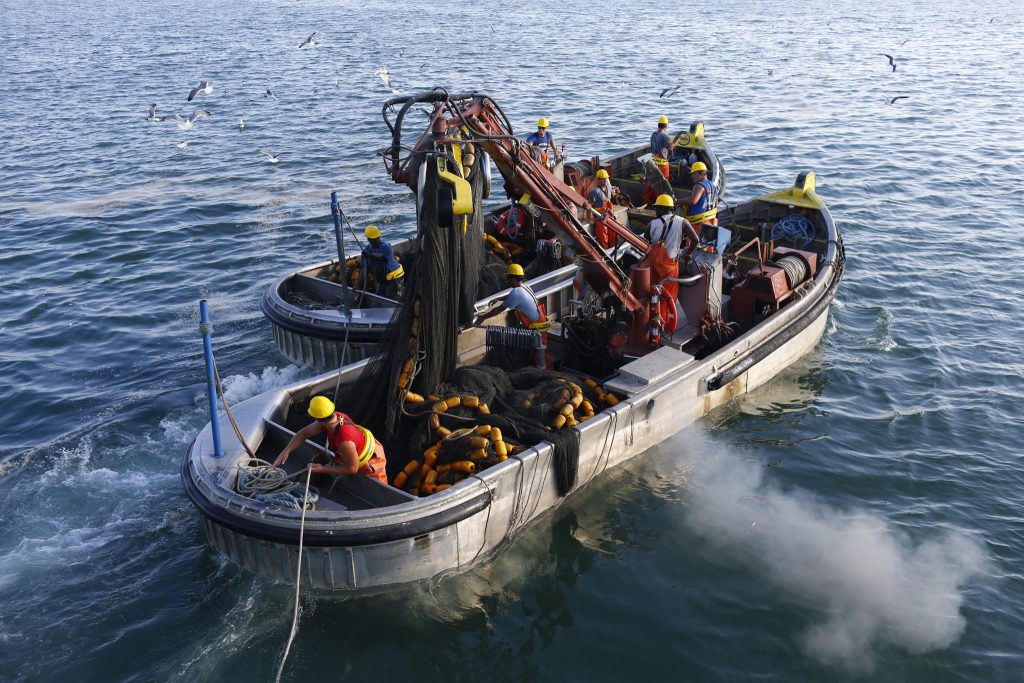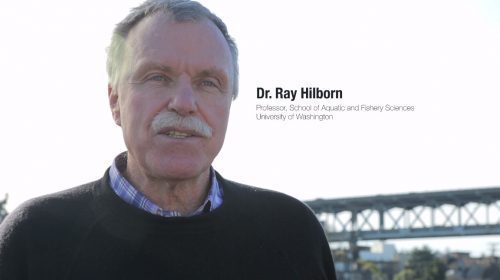WASHINGTON — November 15, 2017 — The following was released by the Menhaden Fisheries Coalition:
 The Menhaden Fisheries Coalition (MFC) reiterates its thanks to the Atlantic States Marine Fisheries Commission (ASMFC) for allowing science to prevail in setting reference points for Atlantic menhaden, and rejecting the Lenfest Forage Fish Task Force “rule-of-thumb” approach in favor of the development of species-specific ecological reference points. The MFC believes it is unfortunate, however, that on the second day of the meeting, politics prevailed.
The Menhaden Fisheries Coalition (MFC) reiterates its thanks to the Atlantic States Marine Fisheries Commission (ASMFC) for allowing science to prevail in setting reference points for Atlantic menhaden, and rejecting the Lenfest Forage Fish Task Force “rule-of-thumb” approach in favor of the development of species-specific ecological reference points. The MFC believes it is unfortunate, however, that on the second day of the meeting, politics prevailed.
Our members argue that the ASMFC did not follow the best available science in setting the overall menhaden quota level. Although the best available science would have allowed an increase from 200,000 metric tons to 314,000 MT with only a minimal risk of overfishing, we believe the Commission succumbed to political pressure in raising the quota just 8 percent, to 216,000 MT. This led to the adoption of a complex reallocation scheme that we think unnecessarily pits state-against-state.
The commission gave each state other than New Jersey and Virginia – even those with no historic menhaden fishery — an additional 0.5 percent of the overall quota, taking that percentage from Virginia and New Jersey’s historic share. In addition, the scheme allows states to swap quota amongst each other using quota as a currency of trade.
Rather than adopt a reasonable and scientifically-justifiable quota level that addressed the needs of ALL states, our members maintain that the lower increase and allocation scheme creates a situation in which:
- New Jersey’s significant bait fishery may see a statistically insignificant quota increase.
- Virginia’s marine ingredients fishery will likely see a cut, and the Virginia bait industry will see a cut while their competitors in other states will get an increase.
- Sets a precedent of giving fixed minima to states that didn’t qualify for it on the basis of their historical participation, which could have ramifications for other fisheries.
The creation of a system allowing non-fishing states to “horse-trade” allocation, the “taking” of quota from some to give to others, and the arbitrary moving of quota from the marine ingredients fishery to the bait fishery constitute inappropriate intrusions into the market economy, our members say.
The MFC believes a reasonable increase to just 240,000 MT would have allowed Virginia and New Jersey to receive their fair, historic, catch-based share of the resource, and also have allowed states such as Maine, Rhode Island, and New York, which have historic fisheries and sought a quota increase, to receive it via non-precedent breaking mechanisms. (Our member companies in Massachusetts also seek additional quota, although Massachusetts’s delegation did not represent their position at the meeting.)


